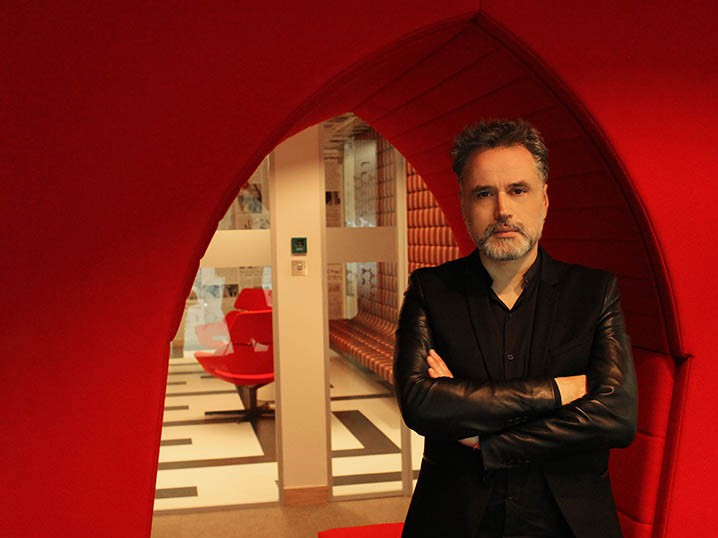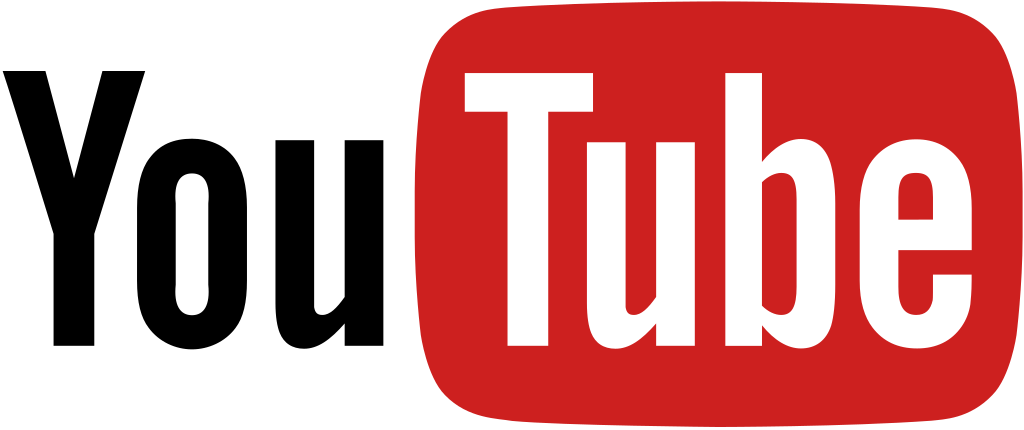News - Digital/Tech
How the rise of mobile video is reshaping creativity
June 19, 2017
.jpg) Advertisement
AdvertisementBy 2019, video is expected to make up around 90 per cent of overall internet traffic. The number of hours we are connected every day in this region outpaces the rest of the world – 367 minutes in MENA compared with 200 in North America and 125 minutes in Western Europe. Saudi Arabia leads the pack, with the highest online video and YouTube consumption in the world.
Today users are more and more in control of what content they want to consume and are at ease with the multi-screen society we live in, where every screen is increasingly considered just a window on content. In this new world, one of the biggest mistakes that brands and creative agencies could make is to think that online video platforms are just another media repository for the same kind of content they used to produce for the offline world. These platforms are, instead, living and breathing ecosystems that have different aesthetics, languages and engagement models – with rules defined by the users rather than the brands – that require a different creative approach and different forms of storytelling.
When it comes to YouTube, MENA is the second largest region in the world, with a constantly growing appreciation for videos in Arabic. And eight out of the top 10 videos that are watched every year in MENA are the work of young, innovative and dynamic creators. Their approach to the medium is reshaping the concept of creativity for brands and agencies alike, unlocking new opportunities of creative expression and new forms of storytelling.
“Authenticity and real people are replacing scripted stories and actors, with formats such as stunts, documentaries and social experiments.”
We have witnessed the rise of branded content, which often takes the form of engaging and regularly published web series (from the Maggi Diaries to the work of Saudi Telecom and ALJ) with episodes of two or three minutes each. Authenticity and real people are replacing scripted stories and actors, with formats such as stunts, documentaries and social experiments (from Coke’s ‘Remove labels this Ramadan’ to ‘The DNA Journey’ by Momondo and Heineken’s ‘Worlds Apart’).
Storytelling can vary based on occasions, especially in the case of Ramadan and the much-discussed song against terrorism, ‘Bomb violence with mercy’ by the Kuwaiti telco Zain. At Google, we are celebrating the Holy Month’s storytelling with The Lantern, a YouTube award for the best Ramadan-themed campaign.
With the constant flow of contextual data that comes from users (geolocation, the kind of device used, time of the day or activity) we can design multiple messages, strategically targeted, to reach them at the right time, occasion or location with meaningful and contextual messages that can surprise, inspire and create personal experiences.
Another huge difference from the past is that we are no longer time-bound and can choose the best length for each piece of content without having to conform to a format – from long-form stories to traditional ads to extremely quick bites of impactful content, such as bumpers. These six-second videos allow multiple strategies: teasing a campaign, serving as an amplifier for some metrics (like in El Ouwi Jamal, a three-minute song by Pantene accompanied by three different bumpers), or as a follow-up to reinforce the message or to push a specific call to action. Even bumpers require a new form of storytelling, which is more a video evolution of the print and outdoor concept (a key message + an impactful visual in a simple, short story), rather than a cut-down of a longer video.
Thanks to the rise of mobile video and online video platforms, empowered by new technologies, the creative possibilities we have today are endless and their effectiveness and impact on the consumer journey is increasingly measurable. Despite some pessimists and naysayers, there has truly never been a better time to work in the advertising industry.




.jpg)










